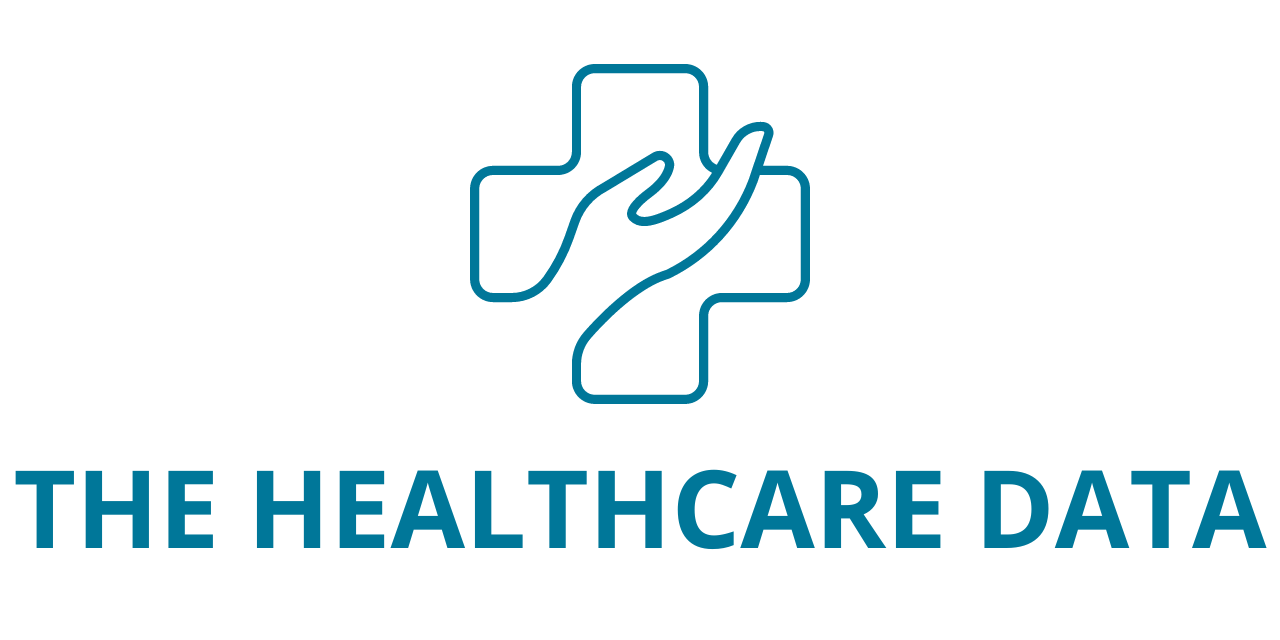QuidelOrtho Corporation (Nasdaq: QDEL) has integrated the ARK™ Fentanyl II Assay into its U.S. Vitros® XT 7600 and 5600 Integrated Systems and its Vitros® 4600 Chemistry System menu of assays as a MicroTip® Partnership Assay (“MPA”). This addition of the Fentanyl assay aids hospital and emergency room customers in addressing the urgent need for improved opioid testing, enabling on-site fentanyl testing in under 10 minutes to assist in immediate clinical decision-making.
As per the Centers for Disease Control and Prevention (“CDC”), fentanyl-related fatalities have tripled from 2016 to 2021, with a continuing upward trajectory.1 High mortality rates attributed to fentanyl have been observed in states like California, Florida, New York, Pennsylvania, and Ohio.1 Consequently, several states have mandated fentanyl testing as a required component of drugs-of-abuse test panels.
“This assay enhances laboratory efficiency by integrating fentanyl testing with existing protocols, eliminating the need for external screening tests, and consolidating a lab’s drugs-of-abuse panel into a singular, streamlined system. This reduces intervention time and ultimately aids in saving lives,” stated Lily Li, senior director of medical and clinical affairs at QuidelOrtho. “Our unwavering commitment to diagnostics lies in empowering our customers with impactful assays, particularly those capable of delivering rapid drugs-of-abuse detection amidst the escalating opioid crisis.”
The ARK™ Fentanyl II Assay detects the major metabolite norfentanyl, which constitutes ninety percent of excreted fentanyl and is not identified on standard drug screenings.1 This assay, part of QuidelOrtho’s Vitros systems’ menu of assays, offers clinical fentanyl testing for hospitals and emergency departments, providing an effective approach to preliminary urine drug testing.
Emergency departments rely heavily on drug test results to address unique hospital challenges. Standard drug tests often fail to detect synthetic opioids like fentanyl.1 Identifying fentanyl exposure specifically can lead to timely interventions, such as administering naloxone, an opioid overdose reversal medication, potentially saving lives.
“Substance use patterns are constantly evolving, and medicine must evolve to address the challenges our patients encounter,” noted Dr. Zachary Dezman, ED physician in Baltimore and Assistant Professor with the University of Maryland School of Medicine, in collaboration with the Cesar Center for Substance Abuse, Addiction, and Health Research.2 “We cannot treat a problem if we don’t detect it.”





